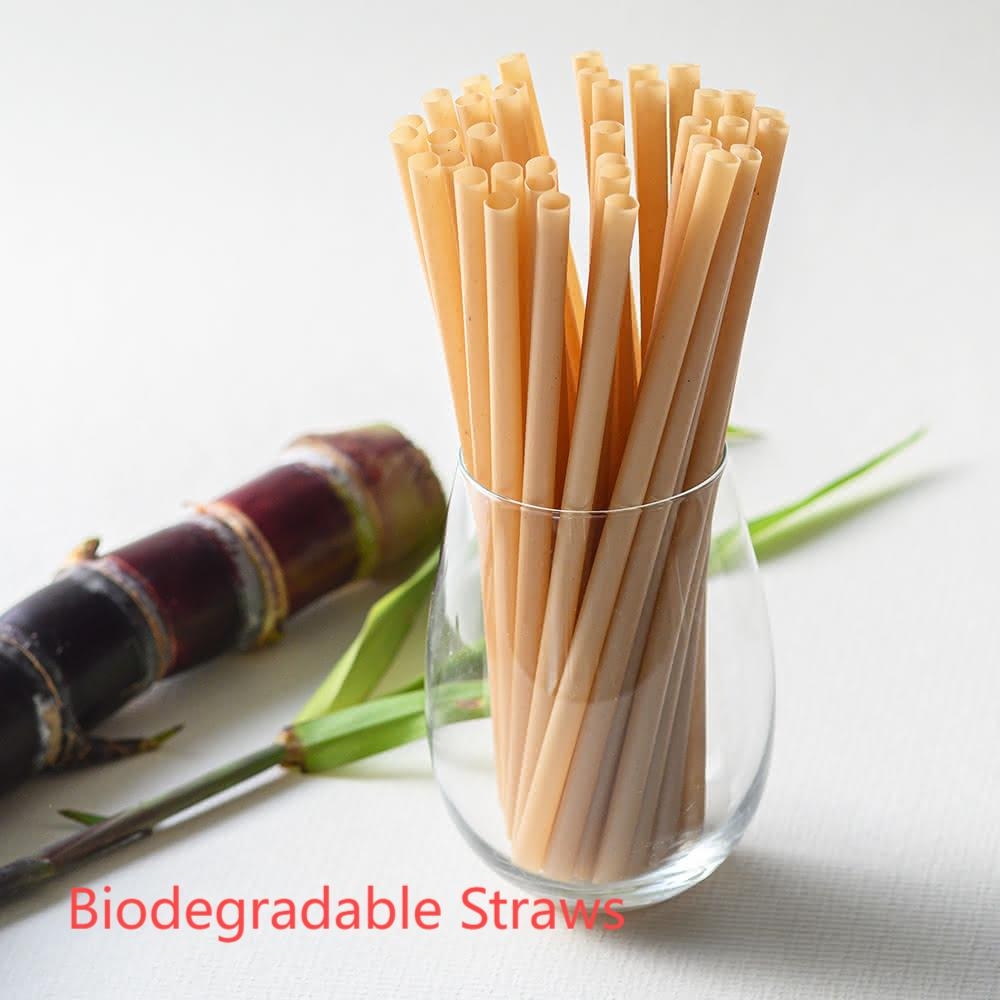The New Generation of Straw Factories: Clean and Green

The straws factory landscape has undergone a radical transformation in recent years, shifting from traditional plastic production to sustainable manufacturing processes. This revolution began when environmental concerns forced manufacturers to rethink their entire production approach. Today's leading straw factories specialize in biodegradable materials like PLA, bamboo, and agricultural byproducts, utilizing advanced technologies that minimize environmental impact while maximizing efficiency. The transformation extends beyond materials to encompass energy use, with many facilities now powered by renewable sources and implementing closed-loop water systems.
Modern straw factories employ precision engineering to create products that rival plastic in functionality while being compostable. The production process for plant-based straws involves specialized extrusion machines that operate at lower temperatures than plastic manufacturing, significantly reducing energy consumption. Quality control has become increasingly sophisticated, with optical scanners detecting microscopic imperfections and automated sorting systems ensuring only perfect straws reach packaging. Many facilities now feature on-site laboratories where materials undergo rigorous testing for food safety and durability before production begins.
The workforce in contemporary straw factories requires different skills than traditional manufacturing. Operators now need expertise in biopolymer processing and sustainable material handling rather than petroleum-based plastic extrusion. This shift has created new job opportunities in green technology and environmental engineering positions that didn't exist a decade ago. Training programs have emerged to help workers transition from conventional plastics to sustainable materials production.
Looking ahead, straw factories are investing heavily in research and development to create next-generation products. Experimental materials like algae-based polymers and mycelium composites are being tested in pilot facilities. The factories of tomorrow may incorporate carbon capture technology and zero-waste production models, further reducing their environmental footprint while meeting growing global demand for sustainable alternatives.For businesses seeking reliable eco-friendly straw solutions, visit sotonstraws.com to explore our factory-direct offerings.
- Questions and Answers
- Opinion
- Motivational and Inspiring Story
- Technology
- True & Inspiring Quotes
- Live and Let live
- Focus
- Geopolitics
- Military-Arms/Equipment
- Art
- Causes
- Crafts
- Dance
- Drinks
- Film/Movie
- Fitness
- Food
- Jocuri
- Gardening
- Health
- Home
- Literature
- Music
- Networking
- Alte
- Party
- Religion
- Shopping
- Sports
- Theater
- Wellness
- News
- Culture

